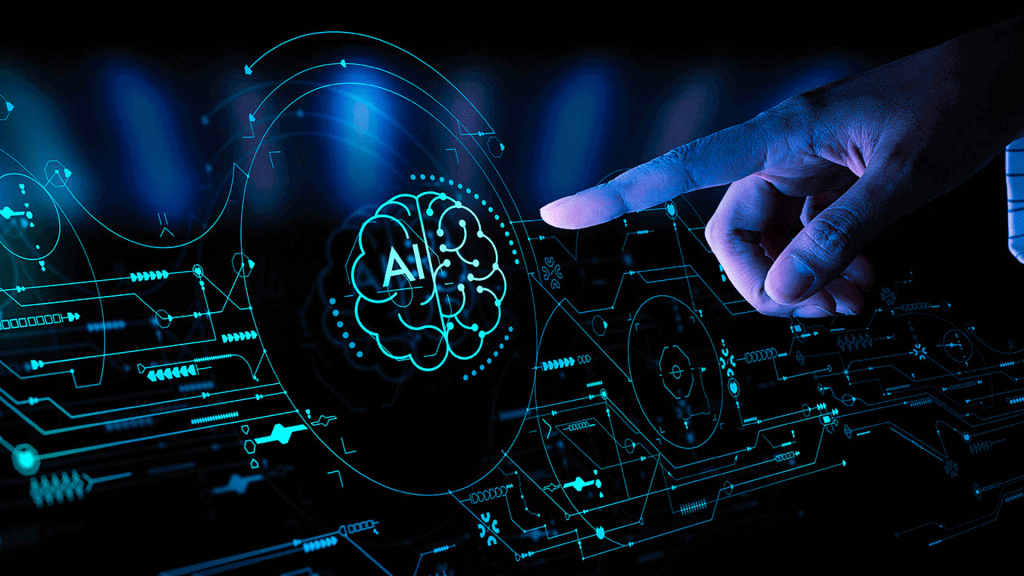The development of Artificial Intelligence (AI) and Machine Learning (ML) in the ever-changing world of cyber security has revolutionised the way organisations battle cyber threats. Manual defence tactics are no longer sufficient to protect digital assets as the sophistication of cyber attacks increases. AI and machine learning have developed as strong technologies for automating defence systems and staying ahead of threats. In this article, we will look at how AI and machine learning are changing the cyber security landscape by automating defence and increasing organisation’s resilience to cyber threats.
Improved threat detection and analysis
AI and ML technologies excel in quickly and accurately analysing large volumes of data. This capacity is used in cyber security to detect abnormalities and trends that indicate possible threats. ML algorithms learn from prior data and can uncover new attack vectors and trends that traditional security measures may miss. AI-powered systems may quickly identify suspicious behaviours and generate alarms by continuously analysing network traffic, user behaviour, and system logs, allowing for rapid reactions to possible threats.
Cyber security prediction and risk assessment
Based on previous data and patterns, AI and ML can identify potential vulnerabilities and forecast future cyber attacks using predictive analytics. These tools can assist organisations in proactively identifying and addressing cyber security weaknesses by analysing historical security occurrences and patterns. This proactive strategy enables firms to take preventive measures and put in place security measures to stop potential attacks before they happen.
Incident response automation
Incident response is a vital component of cyber security, and AI and machine learning may greatly simplify this process. Organisations can detect, contain, and repair security breaches quickly by automating incident response protocols. Artificial intelligence-powered solutions can analyse and correlate data from many sources to provide a comprehensive knowledge of the attack, allowing cyber security professionals to make informed decisions and respond quickly. The time between detection and mitigation is also reduced with automated incident response, reducing the effect of cyber incidents.
User authentication and behavioural biometrics
Passwords and other traditional authentication techniques are becoming increasingly vulnerable to cyber attacks. AI and machine learning have brought behavioural biometrics as a strong and dependable user authentication tool. To authenticate users’ identities, behavioural biometrics analyse their distinctive behavioural patterns, such as typing speed and mouse movement. This method makes it difficult for attackers to impersonate legitimate users, adding an extra degree of protection to prevent unauthorised access.
Intelligent threat detection
AI-powered threat hunting technologies can sift through massive volumes of data to find possible risks within an organisation’s network. These technologies can detect hidden malware, unusual activity, and indicators of penetration that might otherwise go undiscovered. Organisations can continuously monitor their networks for possible attacks and take steps to neutralise them by automating threat hunting.
Cyber security defences that are adaptive
AI and machine learning enable adaptive cyber security defences that can respond to changing threats. These defences can self-learn and alter their response techniques in response to fresh inputs. As cyber attackers’ techniques evolve, adaptive defences can quickly adjust to effectively tackle new threats.
To conclude, AI and machine learning have heralded a new era of automated cyber security defence. Organisations may improve threat detection and analysis, forecast and prevent cyber assaults, automate incident response, establish robust user authentication techniques, conduct intelligent threat hunting, and deploy adaptive cyber security defences by using these technologies. Adopting AI and machine learning in cyber security is critical for remaining robust in the face of an ever-expanding array of cyber threats. As cyber attackers become more sophisticated, automation of defence methods has become a need in order to protect digital assets and ensure business continuity.

Leave a Reply